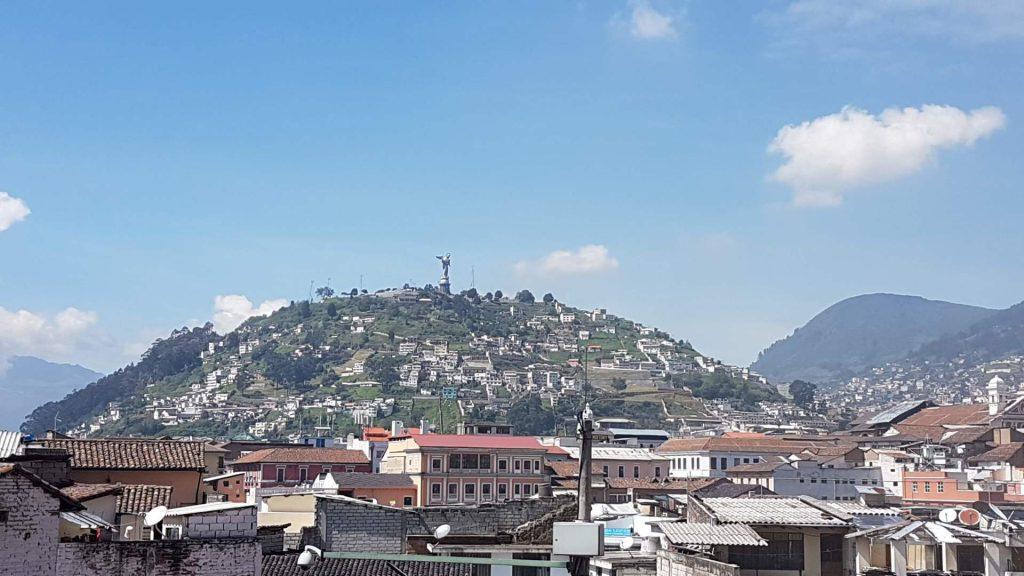
The problem with travel blogging is that it is easy to fall behind. You do something interesting, you plan to write about it, but before you can, more interesting things happen. And then, before you know it, a couple of weeks have gone by and you’ve almost forgotten what it was like.
This week I have no excuse. I was supposed to have been going off on an Amazon jungle trip with DH but, as I was scurrying around on Monday getting all the last-minute essentials (a pack of Benadryl tablets that someone’s mom had brought for me from the U.S. (the joy of expat Facebook groups!); lightweight, long-sleeved clothes, mosquito repellant, more sunscreen) I somehow managed to re-injure my broken leg. (I guess I should update my post about urgent care facilities in different countries to add in Lima now!)
I noticed my ankle starting to hurt after the first stop. By the time I’d made it through the pre-Christmas crowds in the department store to buy my clothes for the jungle it was really aching and quite swollen. Using my good leg, I pedalled home, got some ice and put my foot up.
The next morning DH headed off to Iquitos (not to be confused with Quito) without me. The following day he headed into the jungle with a colleague, who I had suggested take my place, since we’d already paid for the trip.
So instead of a jungle journey blog post, here’s the 2nd part of the Quito trip. (Which actually got postponed again by my witnessing two traffic accidents from my balcony while housebound this week.)
Coming from dry Lima, it was lovely to see the lush greenery as we entered Quito. Of course, that same lushness meant that we also got caught in a few massive rain dumps while we were there. Oh well, it was still beautiful.
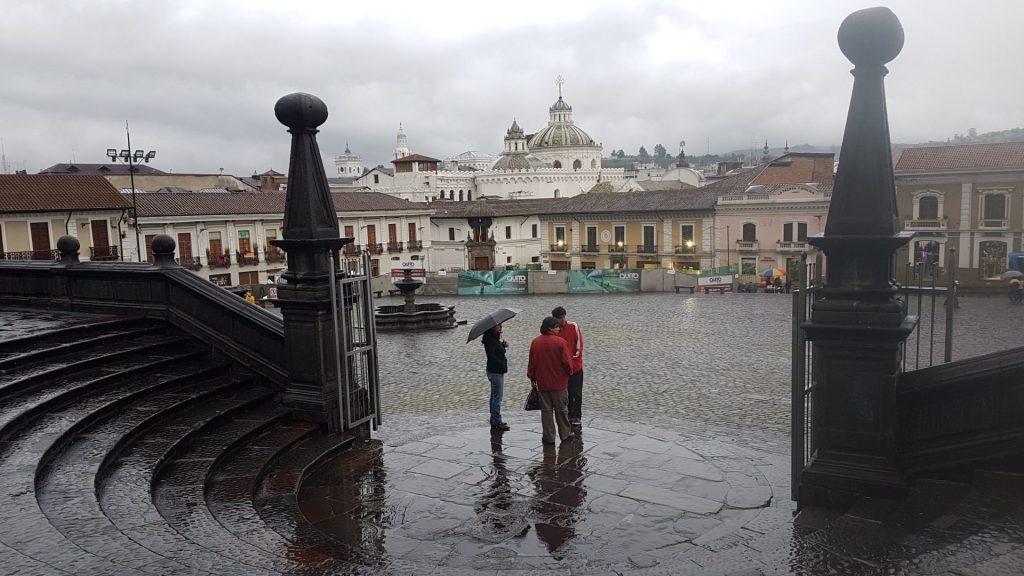
Geographically it is an interesting city, running 64 km long by only 5 – 8 km wide! The airport is quite far away because there is too often fog in the valley, so it had to be situated higher up.
It turned out to be a party weekend in Quito: every December 6 it celebrates the “foundation” of Quito (an odd concept, since there were indigenous tribes there long before the Spanish), and the festivities spill over into the weekends before and after.
So despite the rain, we saw plenty of people on party busses dancing and drinking their way through the city. (Yes, folks, this is not a parade. These drunken party busses drive in among the regular traffic. Luckily traffic is so bad they can’t go too quickly!)
The rain cleared up during our first dinner, just in time for us to pop our heads out the 2nd floor window of the restaurant and watch a real parade go by. These people know how to have fun!
Quito, a UNESCO World Heritage site, is the world’s 2nd highest capital city (after La Paz, Bolivia); it is 2,850 metres, or ~9,000 feet, above sea level. It was our first time at this high an elevation so we found that we did get winded pretty easily on the steep streets for our first couple of days. And all the streets are steep. You can’t go anywhere without doing some ascents and descents.
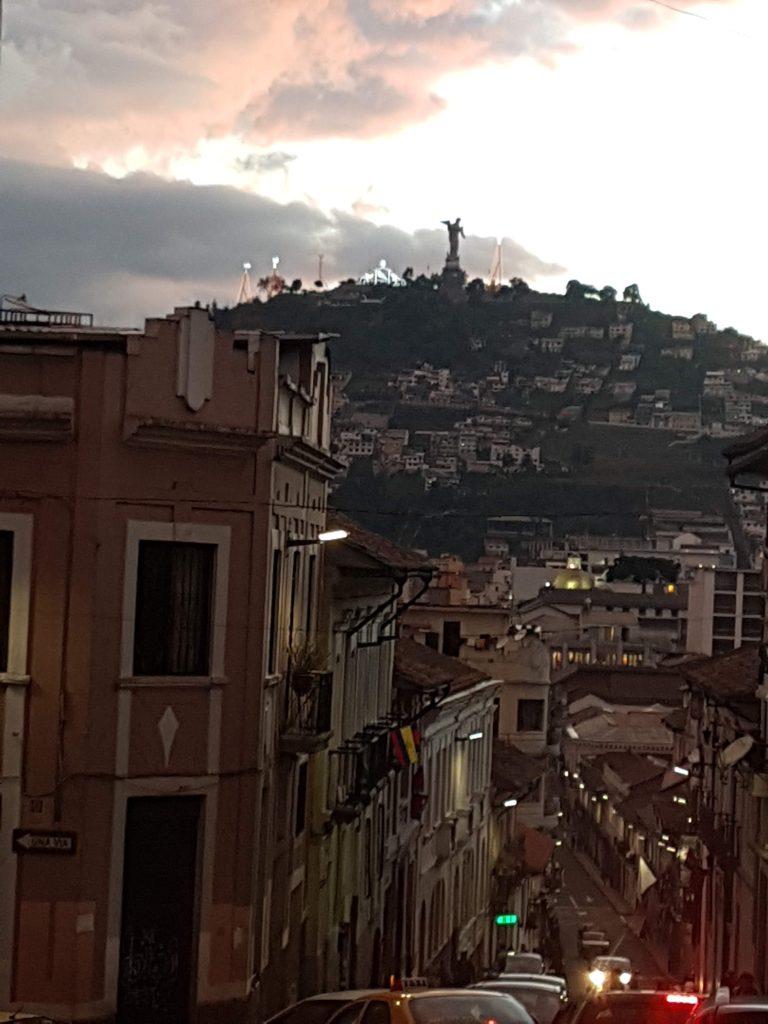
One plus to the high elevation: there’s no risk of malaria. Apparently malaria transmission capability ends at 1,500 metres above sea level. (I’m assuming that’s because the mosquitos don’t survive that high up? We certainly didn’t see any.)
We got oriented with a wonderful 3 hour free walking tour, run out of the Community Hostel. In addition to being a great hostel, with a wonderful rooftop patio, it runs a travel agency and offers daily tours, both of the city itself and of nearby attractions. It also has parties and lots of other ways to help everyone make friends and feel welcome.
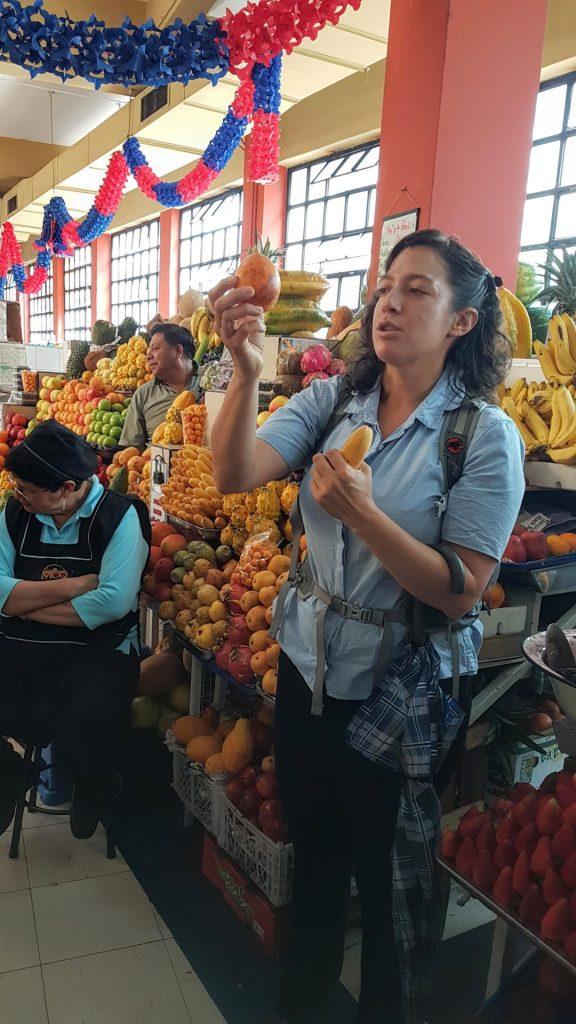
Our tour guide, Sole, gave us a tasting tour of the market and its many unusual fruits (we got to taste) and herbal medicines, brought us to her favourite candy stand (pictured below are some delightful candies with liquor filled centres.)
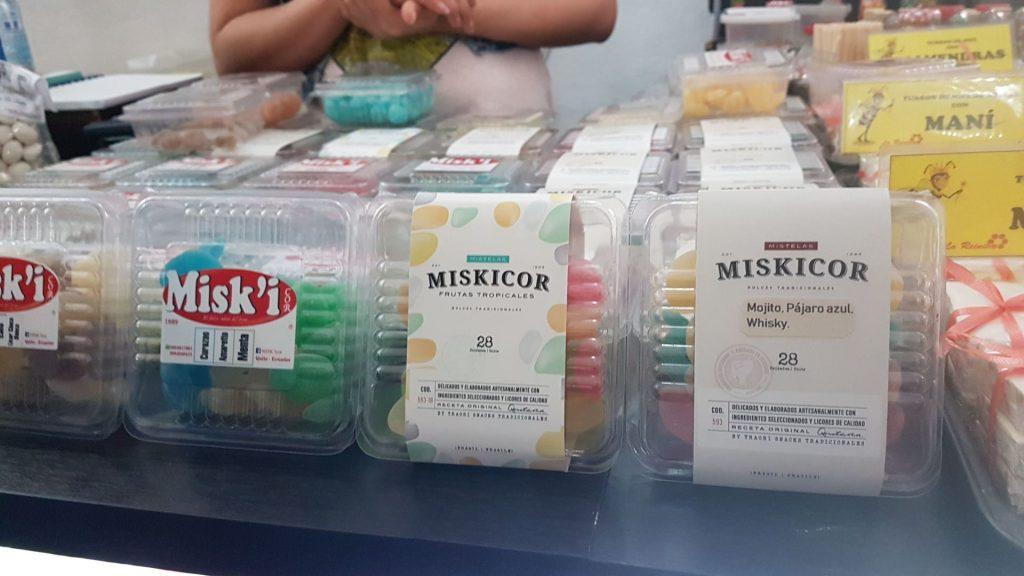
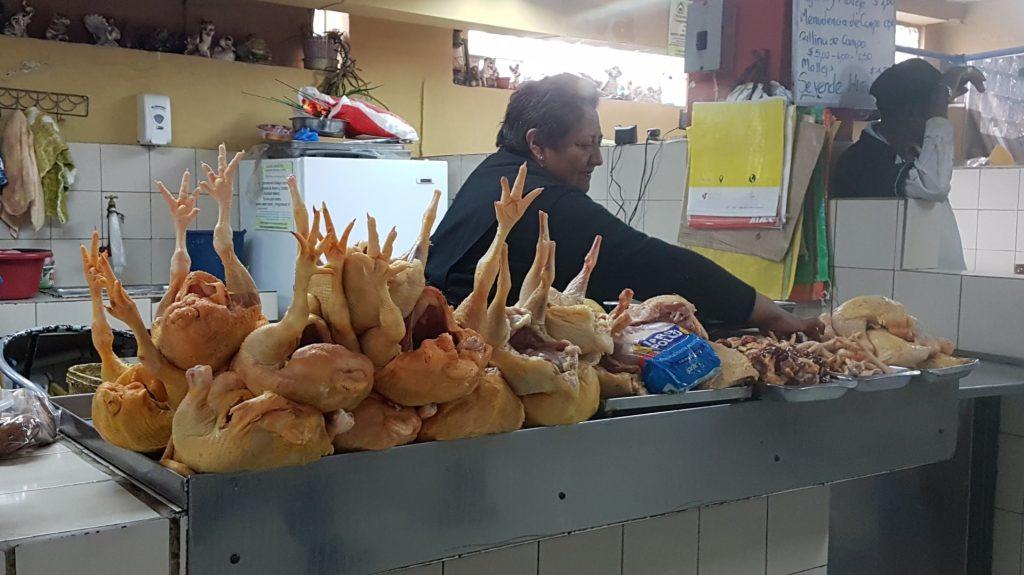
Economics, History & Politics of Ecuador
We discovered that Ecuador is a major exporter of roses. They say theirs are the best in the world because, being so close to the equator, their stalks grow tall and strong. We saw the “rejects” in the market – roses not deemed perfect enough for export – and even they were stunning! (And cheap.)
Then we got more into the history and politics of the city as we explored. Sole asked us to guess what the favourite sport is. No, not soccer. … It is kicking out Presidents! They’ve booted three out of office before their terms ended and killed two others. Protests are well organized and a regular part of daily life. The political history is turbulent and fascinating. (For a quick overview, see the Wikipedia entry).
We went into the national bank headquarters and learned that, until 1928 there were no national banknotes: all bills were issued by private banks, owned by the handful of families that controlled the country. In the 40 or 50 years before that, the country had been quite prosperous, mainly because of strong cocoa exports, but in the 1920s there was a plague that killed of 30% of the crops, and the economy was devastated.
It had another economic resurgence in the 1960s, with the discovery of oil, but corruption and bad governance led to repeated devaluations of the sucre (the then local currency).
In 1998 the country was hit with a double whammy: El Nino weather led to the flooding of most of the productive land, and at the same time oil prices crashed. The government tried to paper over the problems by printing more currency (never a good strategy), which, predictably, led to massive inflation.
Finally, in 1999, the government decided that the only way to get things back under control (and keep them that way) was to abandon the Ecuadorian currency and switch the whole economy to US $, which is still the official currency today.
The wealthy, of course, had already moved most of their money offshore and held it in US dollars, so they weren’t hurt too badly, but the middle class and lower income people were devastated economically by the huge devaluation that resulted. Our tour guide’s aunt, for example, saw her life savings shrink to only $400.
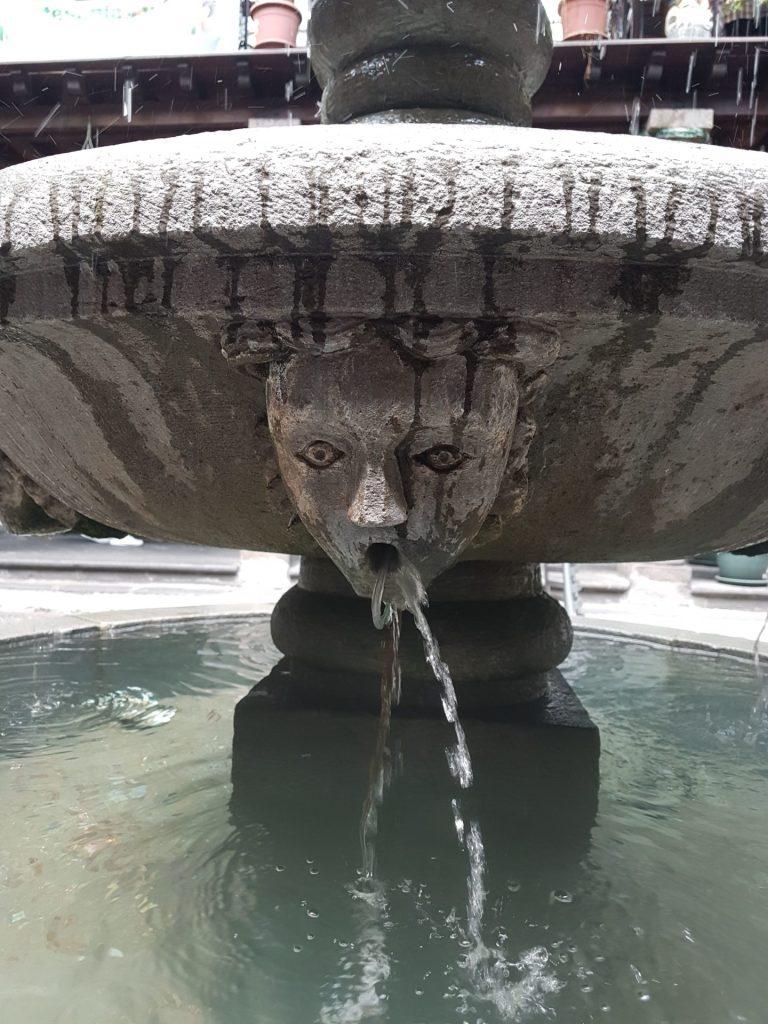
After the tour we just barely had time to go back to our hotel and change into dry clothes for the afternoon trip to the equator.
We quickly learned that it tends to be clear in the mornings, and rain in the afternoon at this time of year, so after a couple of days acclimatization we took a morning ride on the teleferico up to 4,200 metres (about 14,000 feet).
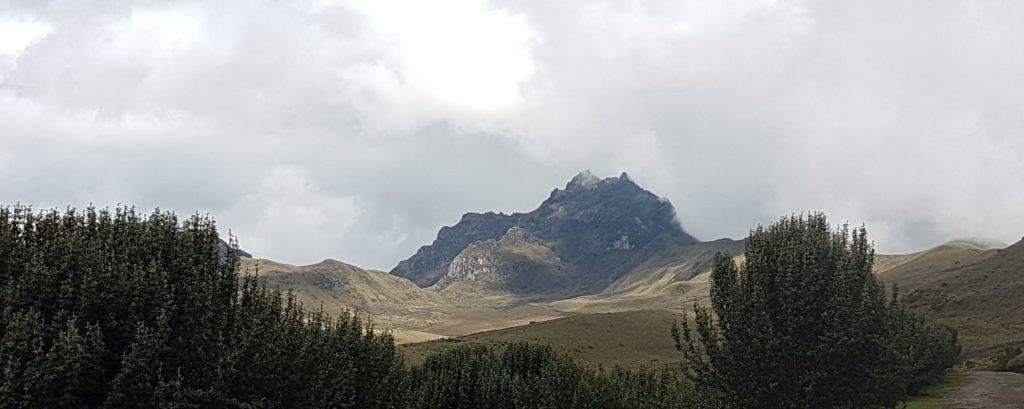
Yes, the views were spectacular. Yes, I could breathe. No, even athletic DH wouldn’t try to go jogging at that elevation. But the best part, in my opinion, is that someone had the brilliant idea of putting a swing set up there!
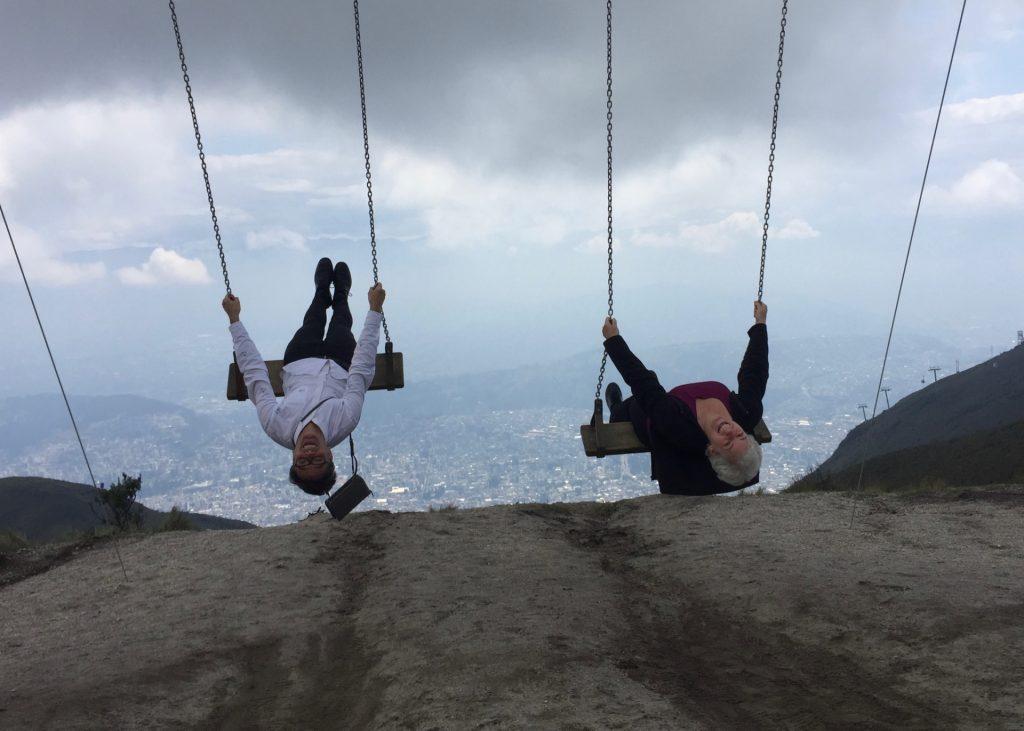
(I did have a few scary flashbacks of the time, when I was eight years old, that I swung too high and went flying off the swings at our local park. Here, had I let go, the flight would have been a lot further and involved more than bloodied hands and knees!)
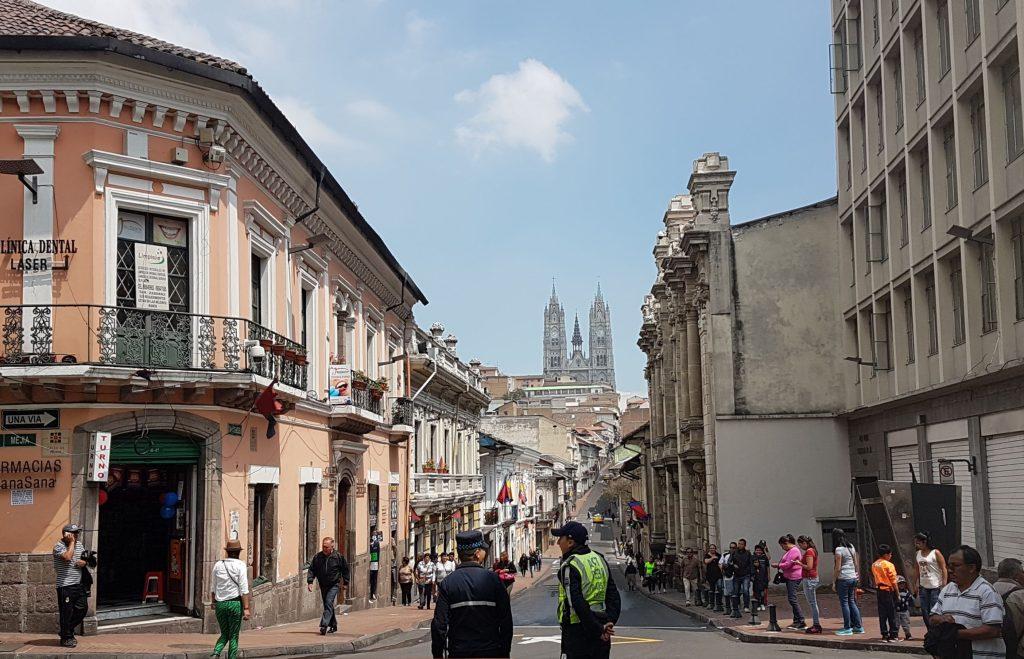
During our time in town we also popped into two of the many Spanish colonial churches. At the Basilica del Voto Nacional (pictured on the hilltop in the photo above) we climbed steep ladders to the top of the towers to see the lovely views of the city.
We also visited La Iglesia de la Compañía de Jesús, which rivals Versailles for the gold-covered everything. If you want to impress and convert a native population, a building like that certainly shows your god as being a powerful one! (They don’t let visitors take pictures in there, so you’ll have to look it up to see.)
Two museums are also well worth visiting. One of them, La Capilla del Hombre, is a purpose built gallery to display monumental works by Oswaldo Guayasamin. It turns out he is one of the most famous Latin American artists – I’m surprised that we have heard so little about him in our part of the world. His work makes powerful statements about oppression and poverty.
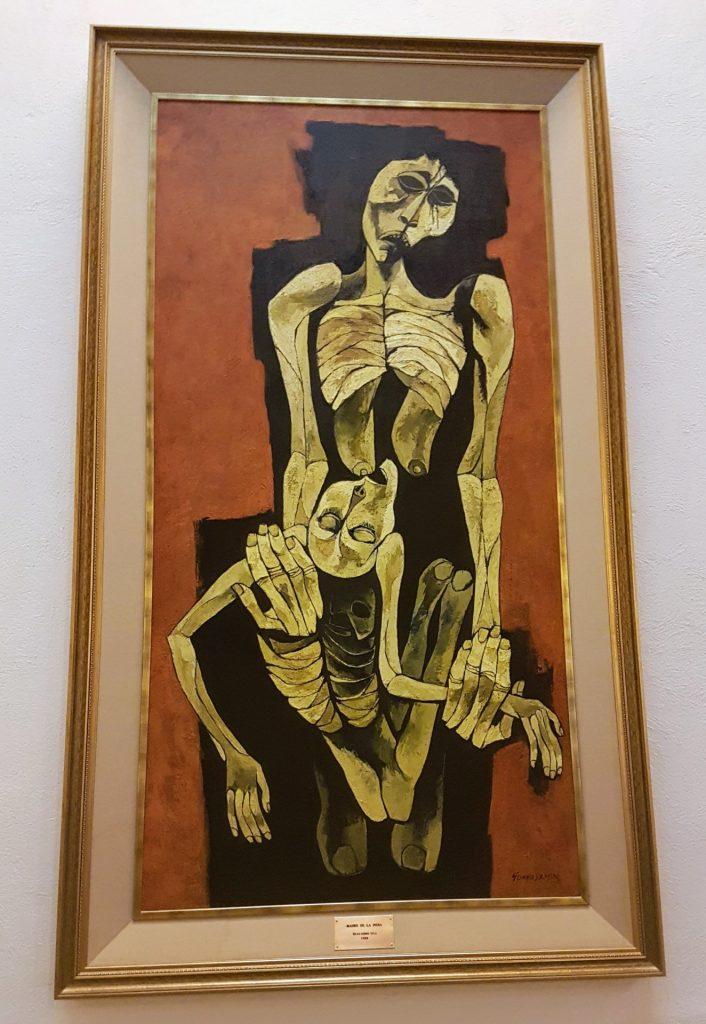
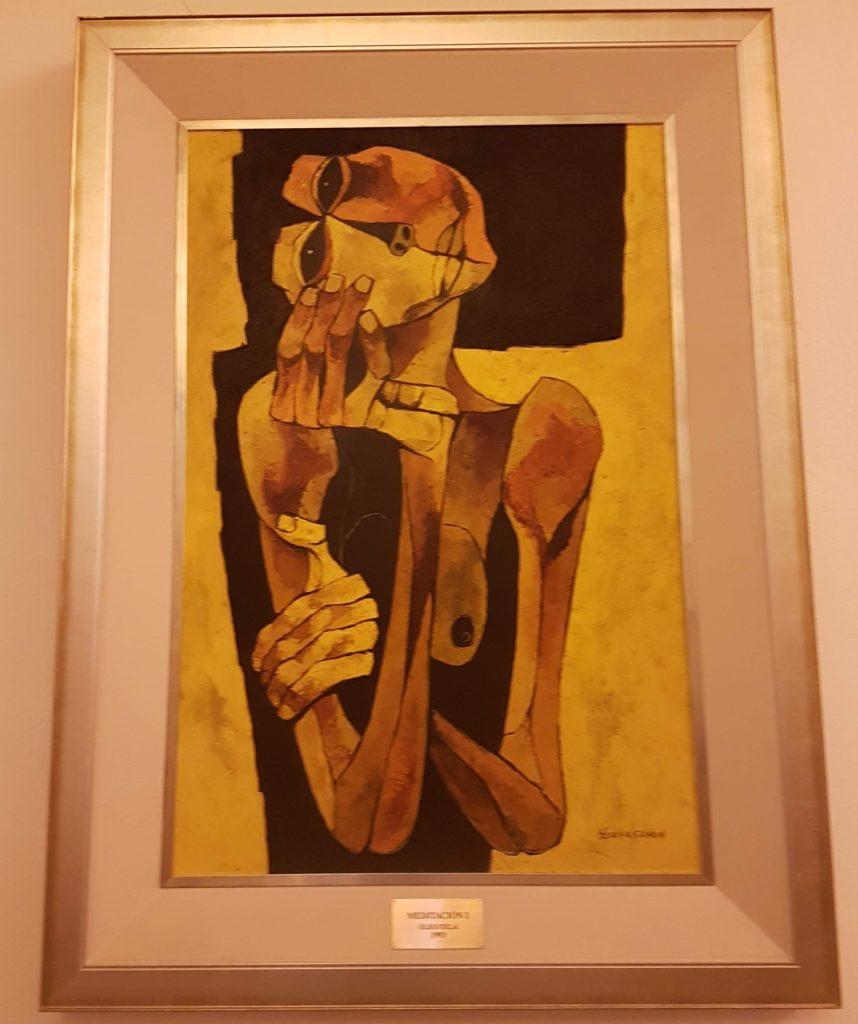
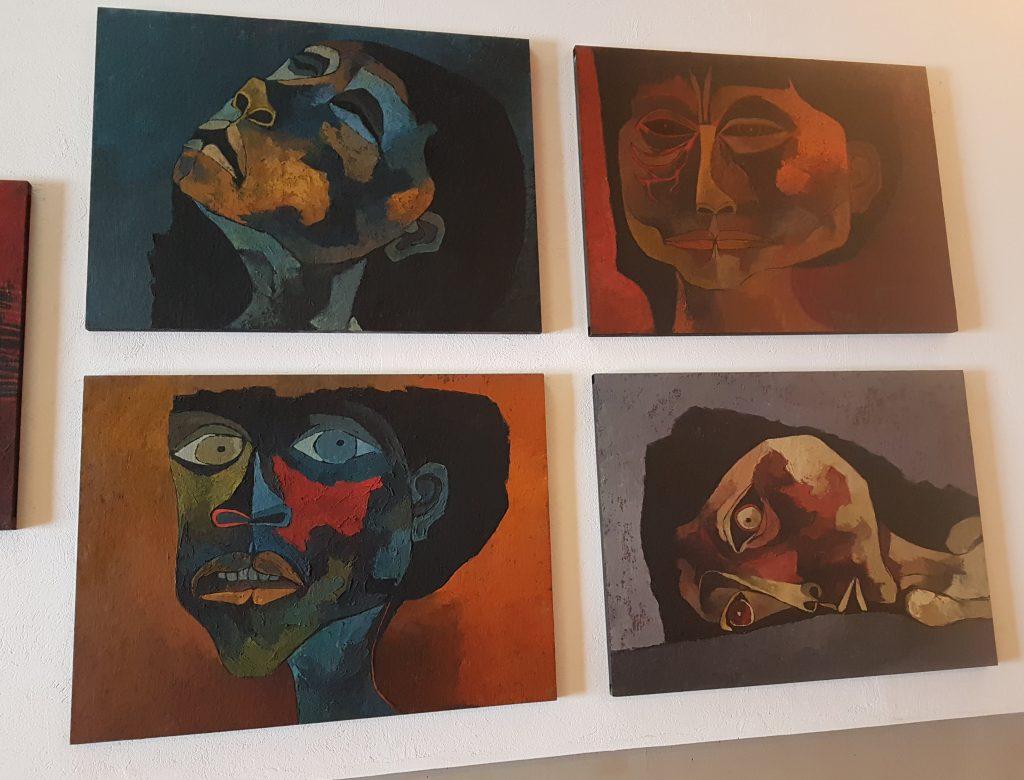
He was the eldest of 10 children in a poor family, but (over his father’s objections) his mother supported his dream of being an artist. It turned out well, to put it mildly. His extraordinary, beautiful, art-filled home has also been turned into a museum, beside the Capilla del Hombre.
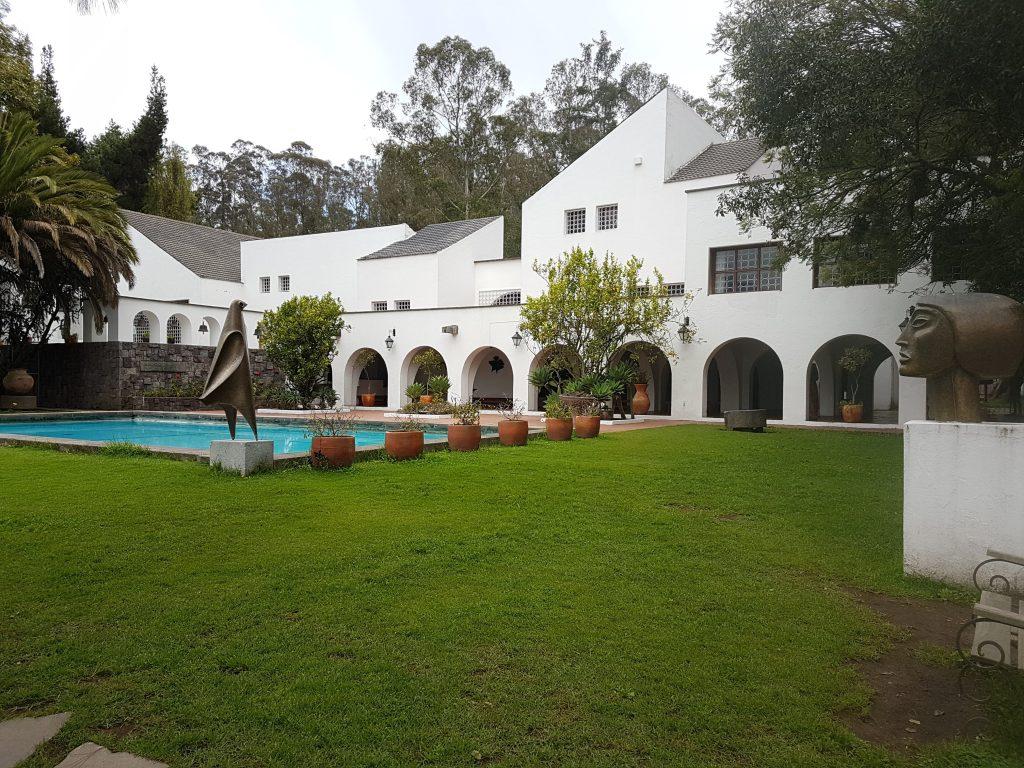
Although he was not a religious man, his house is filled with religious art. He was interested in the artistry and craftsmanship of native artists, and, under colonial occupation, the art they did was Catholic religious art. Below are pictures from Guayasamin’s studio, including his portrait of the talented flamenco guitarist, Paco de Lucia.
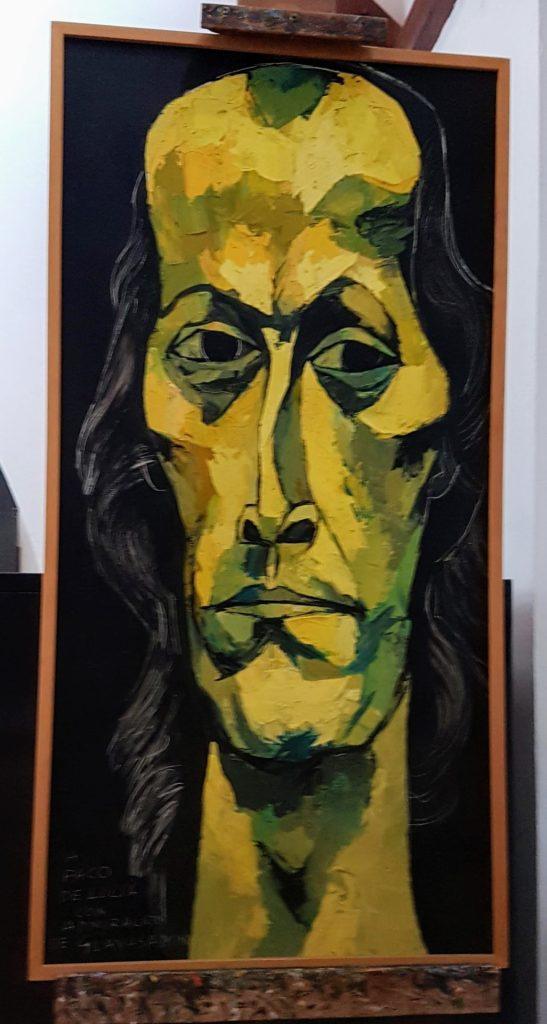
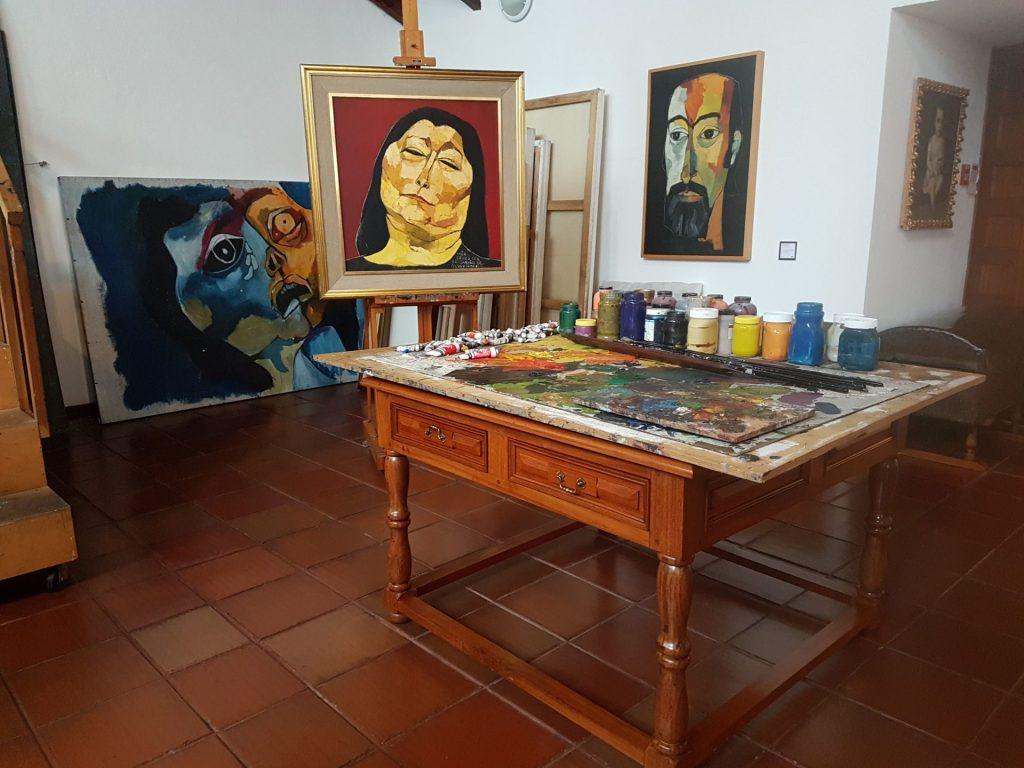
We also visited La Casa del Alabado, which has a fantastic collection of pre-Columbian art and artefacts, and displays them beautifully. Here are some of my favourite pieces. (Click the arrows or swipe right to view them all.)
To finish off this post, here is some of the entertainment we took in while there. On Sundays many of the roads become pedestrian only. There are many street performers, including this group from Bolivia.
And, believe it or not, you actually do hear pan pipes even in local restaurants.
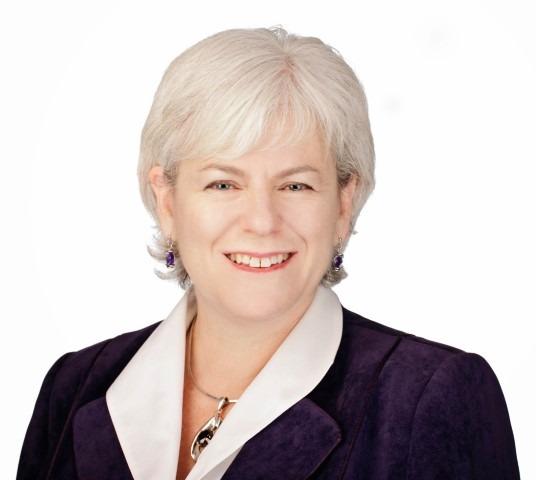
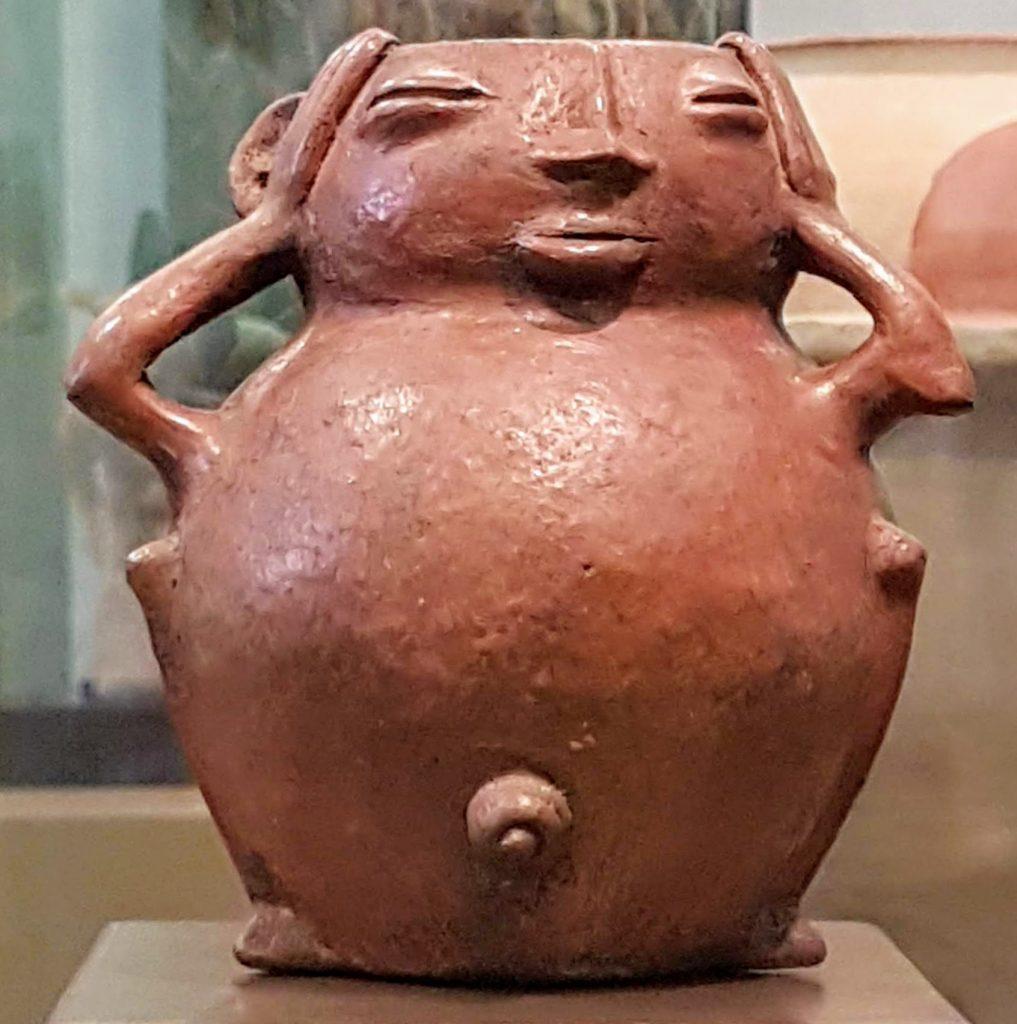
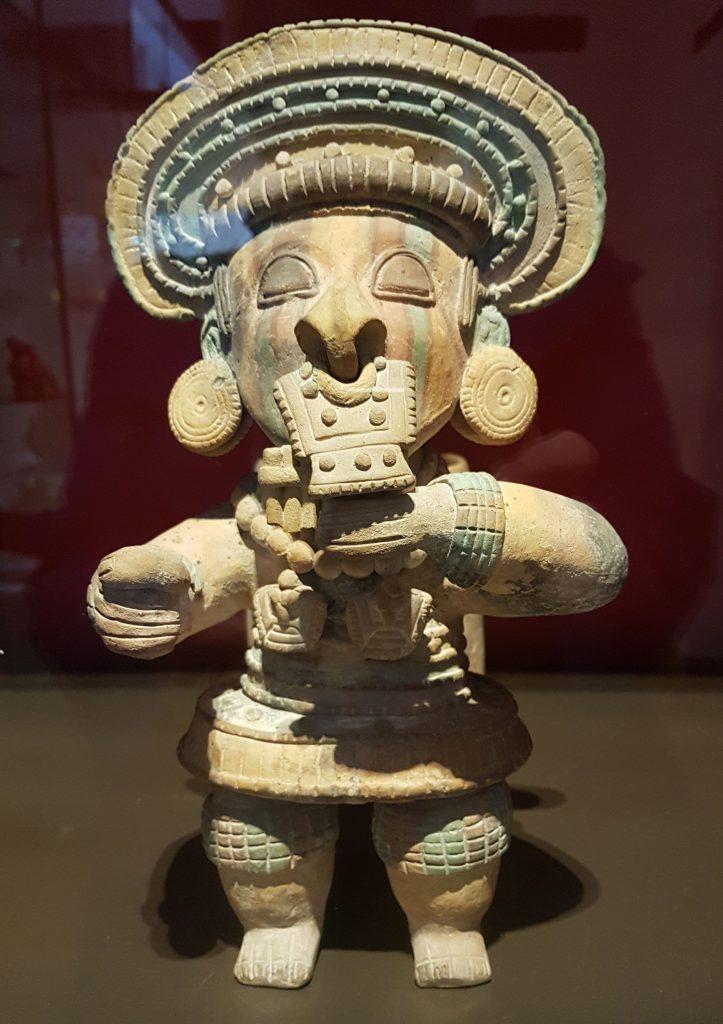
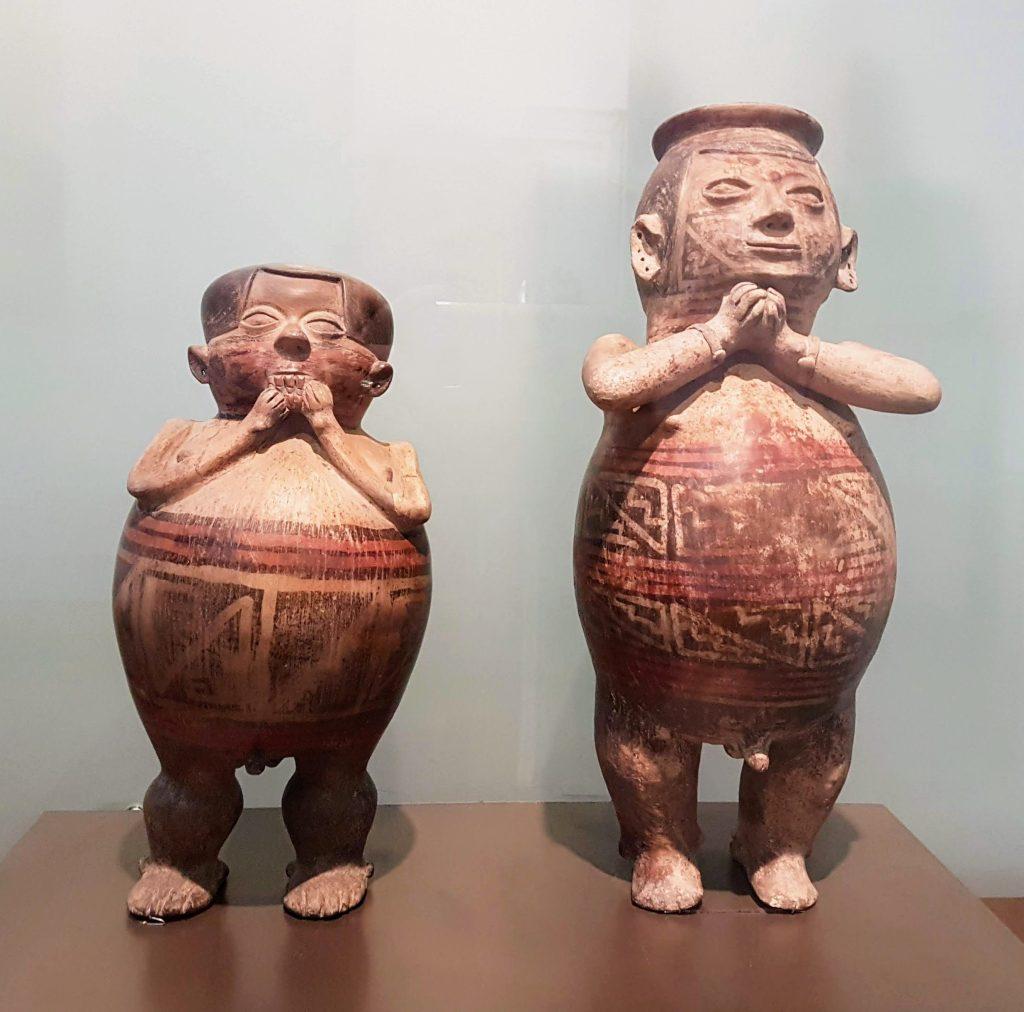
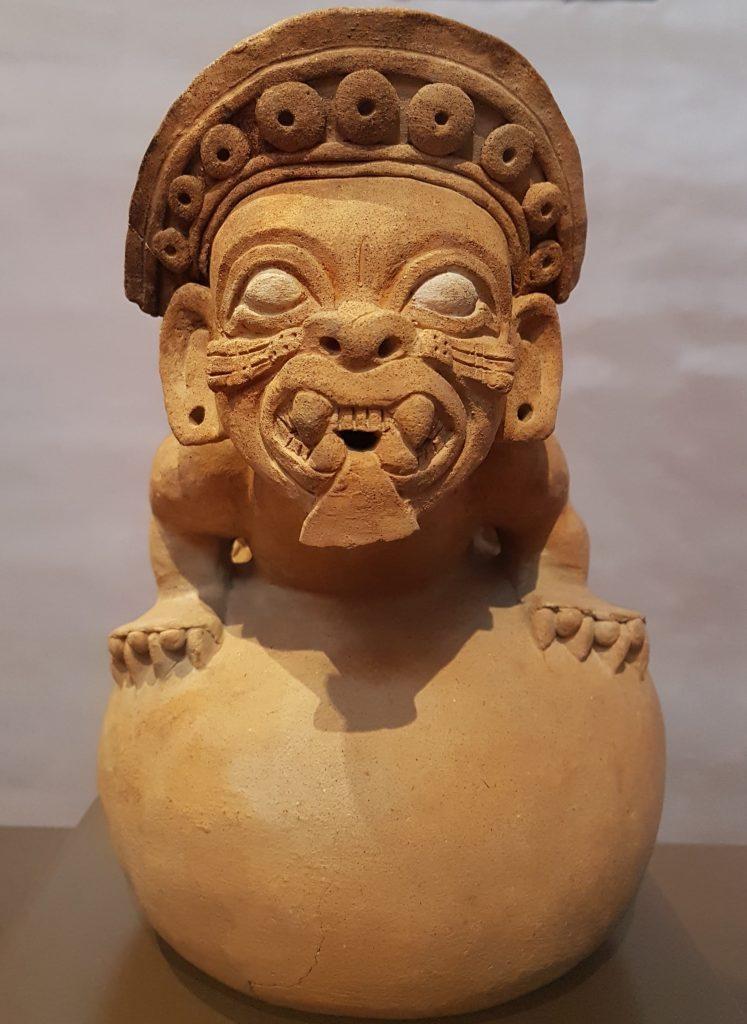
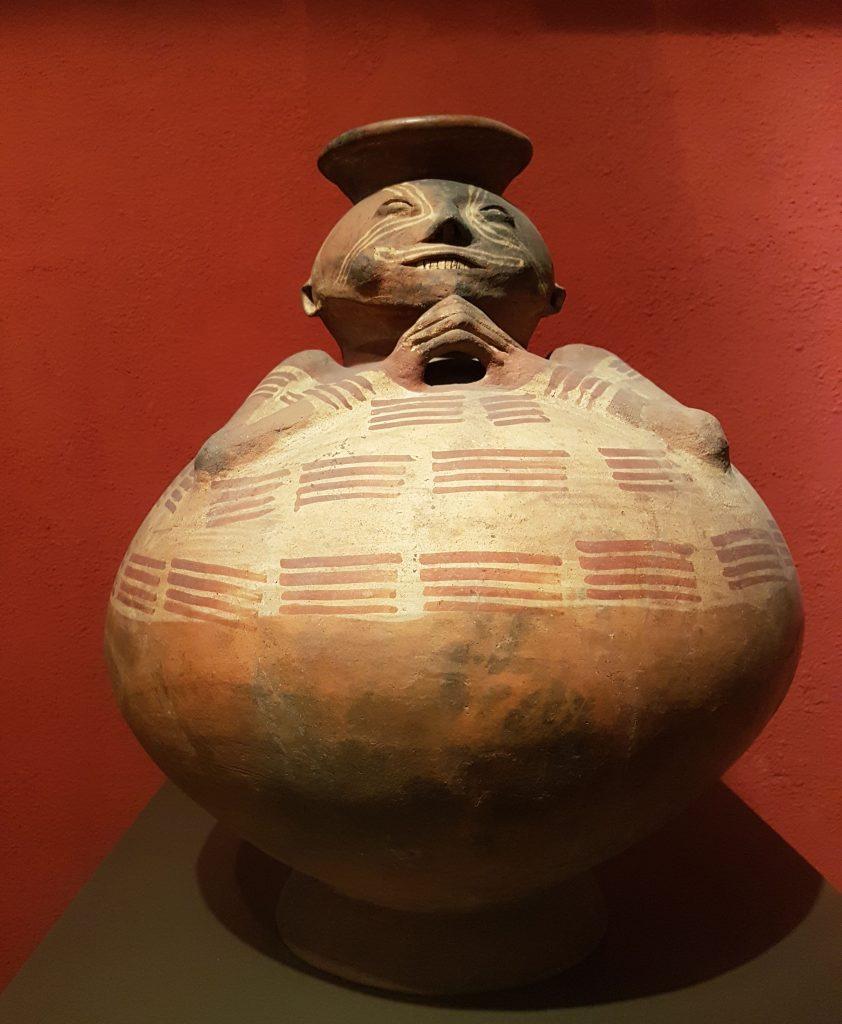
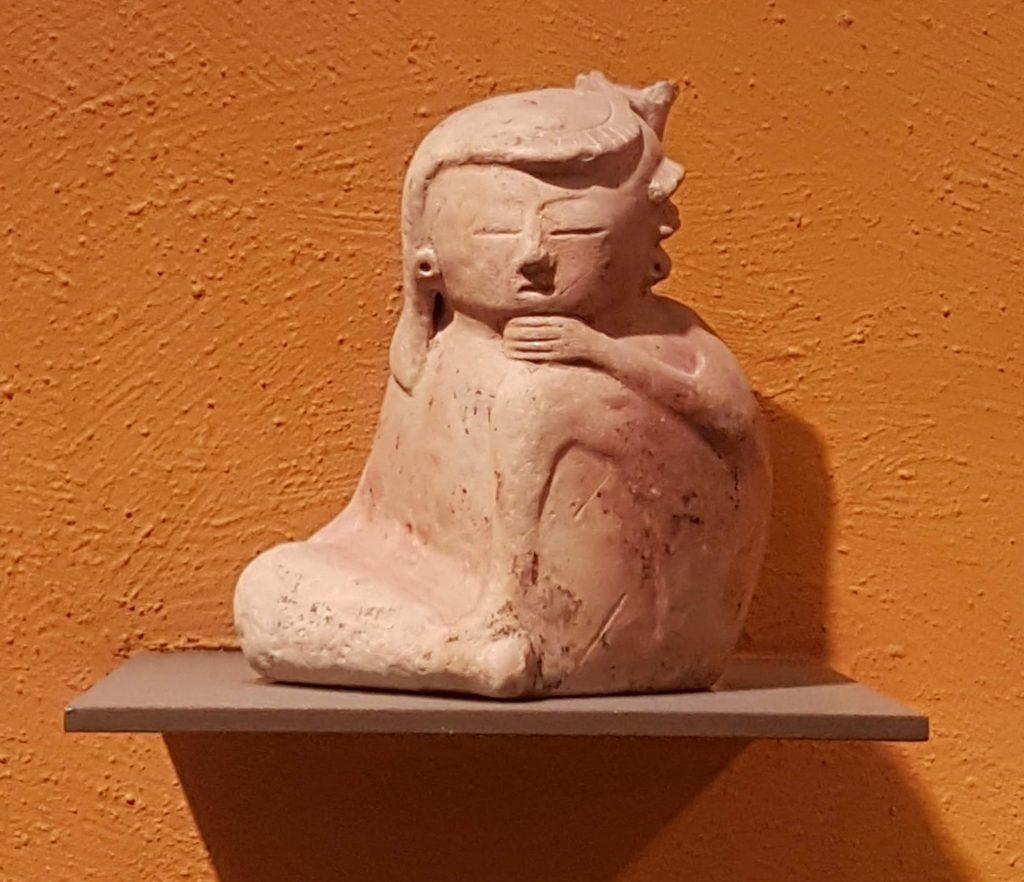
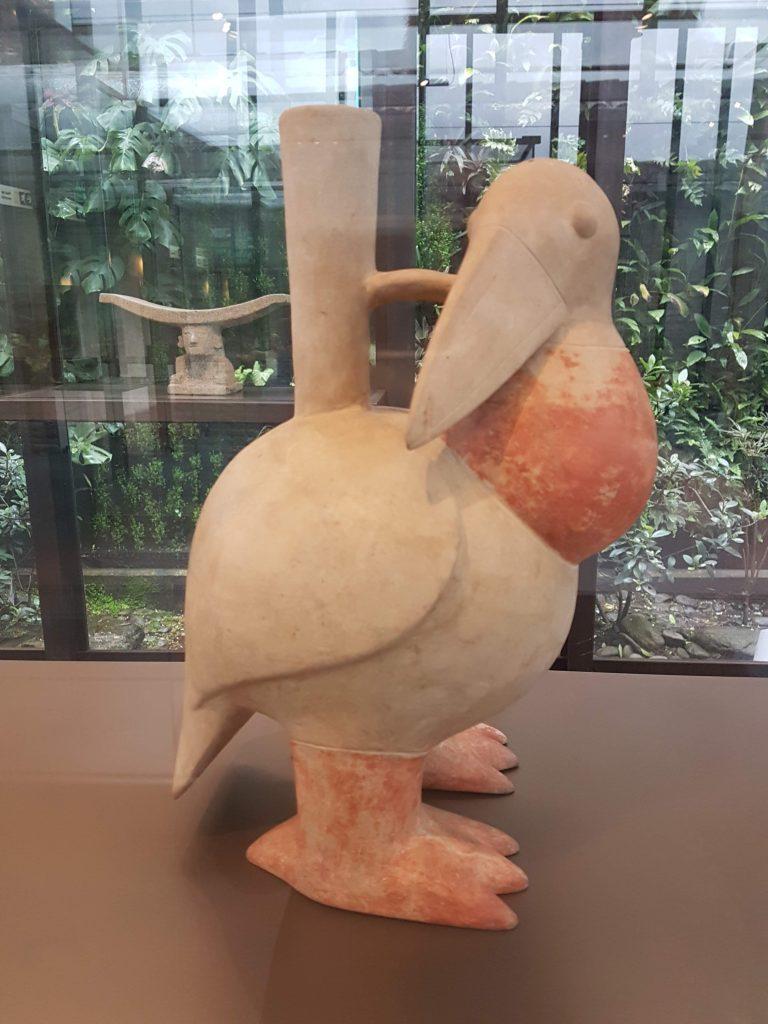
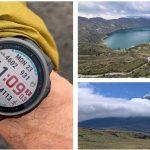
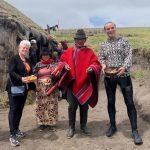
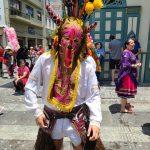
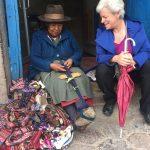
[…] Expats and snowbirds (especially Americans) also like the convenience offered by the fact that Ecuador uses the US dollar as its currency. (Switching to the dollar was a painful process, but it was the only way to stop Ecuadorian governments from printing excess, inflation-triggering, currency to try to buy political favours. (I wrote about this during our trip to Quito, Ecuador, in December 2018. Scroll to the section titled Economics, History & Poli….) […]